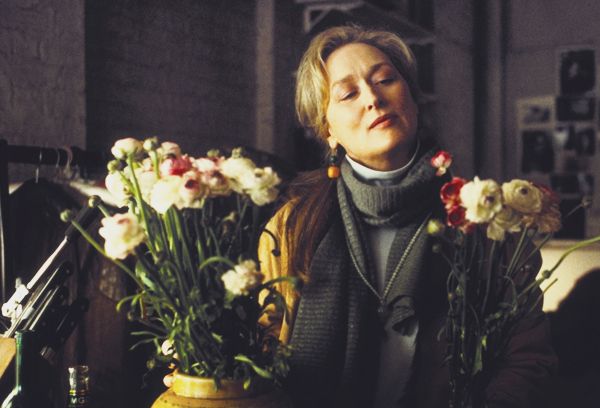
Monday
Sometimes it takes a crisis to see the crisis lying behind a revered masterpiece. An enlightening New Yorker article argues that the 1918 Spanish flu shaped Virginia Woolf’s Mrs. Dalloway (1925), even though the novel has only a couple of oblique references to the pandemic that killed 50 to 100 million people world-wide.
The idea came to Evan Kindley after he noticed allusions to the novel’s famous opening line cropping up on twitter. The line “Mrs. Dalloway said she would buy the flowers herself,” he notes, sets in motion “the most ecstatic representation of running errands in the Western canon.” One can chart the progress of our response to Covid-19 by the twitter references:
March 16th: “mrs. dalloway said she would disinfect the doorknobs herself.” March 19th: “Mrs. Dalloway said she would buy the sanitizer herself.” March 23rd: “Mrs. Dalloway said she would catch the virus herself.” (That one accompanied a photo of a crowded flower market in East London.) March 24th: “Mrs. Dalloway said she would scroll through pictures of flowers herself.” March 31st: “Mrs. Dalloway said she would have the flowers delivered because they were [a] non-essential need, but she would make sure to tip the delivery guy at least 30% herself.” April 3rd: “Mrs. Dalloway said she would order from @Instacart herself.” April 5th: “Mrs. Dalloway said she would make the mask herself.”
In normal times, of course, running errands is barely worthy of notice. It takes the cabin fever of Covid confinement to transform them into ecstatic experiences. Here’s Mrs. Dalloway in those early pages:
Such fools we are, she thought, crossing Victoria Street. For Heaven only knows why one loves it so [going out in the London streets], how one sees it so, making it up, building it round one, tumbling it, creating it every moment afresh; but the veriest frumps, the most dejected of miseries sitting on doorsteps (drink their downfall) do the same; can’t be dealt with, she felt positive, by Acts of Parliament for that very reason: they love life. In people’s eyes, in the swing, tramp, and trudge; in the bellow and the uproar; the carriages, motor cars, omnibuses, vans, sandwich men shuffling and swinging; brass bands; barrel organs; in the triumph and the jingle and the strange high singing of some aeroplane overhead was what she loved; life; London; this moment of June.
Kindley informs us that the novel’s few elliptical allusions to the flu—Clarissa has “grown very white since her illness”; her heart may have been “affected, they said, by influenza”—hide Woolf’s significant experiences with the illness:
Her mother died of heart failure brought on by influenza in 1895, a tragedy that precipitated the first of Woolf’s many nervous breakdowns. Woolf herself came down with serious cases of the disease a half-dozen times between 1916 and 1925, and needed to remain confined to bed for significant stretches. Influenza affected her heart, just as it did Clarissa’s, and may have played a role in her worsening mental health during this period, as well.
Woolf expressed surprise at how few novelists tackled the topic, and Kindley notes the pandemic shows up less in literature and culture than one would have expected. Part of the reason, he speculates, is that it was overshadowed by World War I; partly because it was not as heroic to die of the flu as to die in battle (in fact, it was almost seen as unpatriotic); and partly because female deaths didn’t draw the attention male deaths did.
In a recent interview with MSNBC’s Chris Hayes, a historian of America’s 1918 influenza outbreak is also surprised but posits that the Jazz Age was a reaction to the epidemic, a wild, carpe diem plunge into life following humanity’s bout with death. In that case, people may have been so determined to put the epidemic behind them that they engaged in an act of collective forgetting.
Whatever the reasons, we are now in a position to better understand why Mrs. Dalloway would embrace small and intense moments of being. It also explains why, prior to her plunge, she experiences a momentary dread: “[S]he always had the feeling that it was very, very dangerous to live even one day.” I could well imagine having the same mixed feelings, say about attending a sporting event or a show, if ever we are fortunate to return to normal life.

